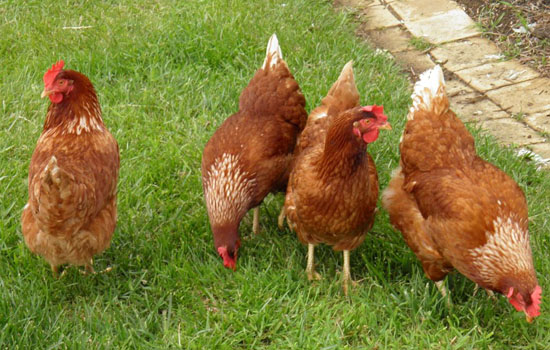Heat stress leads to a decrease in feed intake and severely affects the performance of feed conversion, weight gain and egg production of chickens, which brings huge economic losses to the poultry industry. Heat stress causes the laying rate of laying hens to decrease, the egg weight to decrease, the breakage rate to increase, the fertilization rate and hatching rate of the eggs to decrease, and the resistance and immunity of the chickens to decline, or even a large number of deaths, and the death of broilers before the market. % is related to heat stress. How to reduce the adverse effects of heat stress, reduce or avoid unnecessary losses, has become a concern of chicken producers.
1. The effect of high temperature on feed intake and production performance
The optimum temperature range for laying hens is 13-26 °C, which requires the lowest metabolic energy, the highest feed conversion rate and the best production efficiency. When the ambient temperature exceeds 26 °C, the difference between the body temperature and the ambient temperature of the chicken is reduced, and the difficulty of dissipating the body heat is increased, and a stress reaction is generated. The excitement of the feeding center is partially inhibited during heat stress, and the weakening of the digestive tract activity increases the filling of the digestive tract. In order to accelerate heat dissipation and reduce heat load, the amount of drinking water is increased, and the feed intake is further reduced. Reducing feed intake is a protective response that maintains the body’s heat balance under high temperature conditions. In the range of 21 to 30 °C, the feed intake decreased by 1.6% for every 1 °C increase in temperature. In the range of 32 to 38 °C, the feed intake decreased by 4.6% for every 1 °C increase in temperature.
When the feed intake decreases, the intake of energy and protein decreases accordingly. At the same time, due to the increase of drinking water, the concentration of digestive enzymes in the intestine decreases, and the time for the chyme to pass through the digestive tract is shortened, which affects the digestibility of nutrients to a certain extent. In particular, the digestibility of most amino acids is reduced, which affects the performance of chickens. Laying hens showed lower egg weight, thinner and brittle eggshells, rough surface, and increased egg breaking rate; broiler growth rate and feed utilization decreased. The decline in poultry production performance due to elevated temperatures accounted for approximately 80% of the total decline, while performance degradation due to insufficient energy intake accounted for only 20%.
2. The effect of high temperature on poultry respiration
During heat stress, the breathing rate of the chicken is increased. With the increase of the temperature, the respiratory rate can be gradually increased from 20 times/min to 100 times/min. Due to excessive breathing, excessive CO2 emission in the body leads to a decrease in the concentration of blood H+ and HCO3-, an increase in pH, and symptoms of respiratory alkalosis. This is an important reason for the increased mortality of soft-shelled eggs, broken shell eggs and broilers in laying hens.
The chicken house continues to have high temperature, abdominal muscle fatigue, slow breathing rate, and accumulation of CO2 in the body, resulting in an increase in blood H+ and HCO3- concentrations, a decrease in pH, and respiratory acidosis. This is caused by muscle weakness, paralysis, more difficult heat dissipation, and a sharp increase in death.
If you choose a reliable poultry equipment suppliers, using fully automatic poultry raising cage to raise chickens will help the chicken farms in summer to cool down and moisturize.
